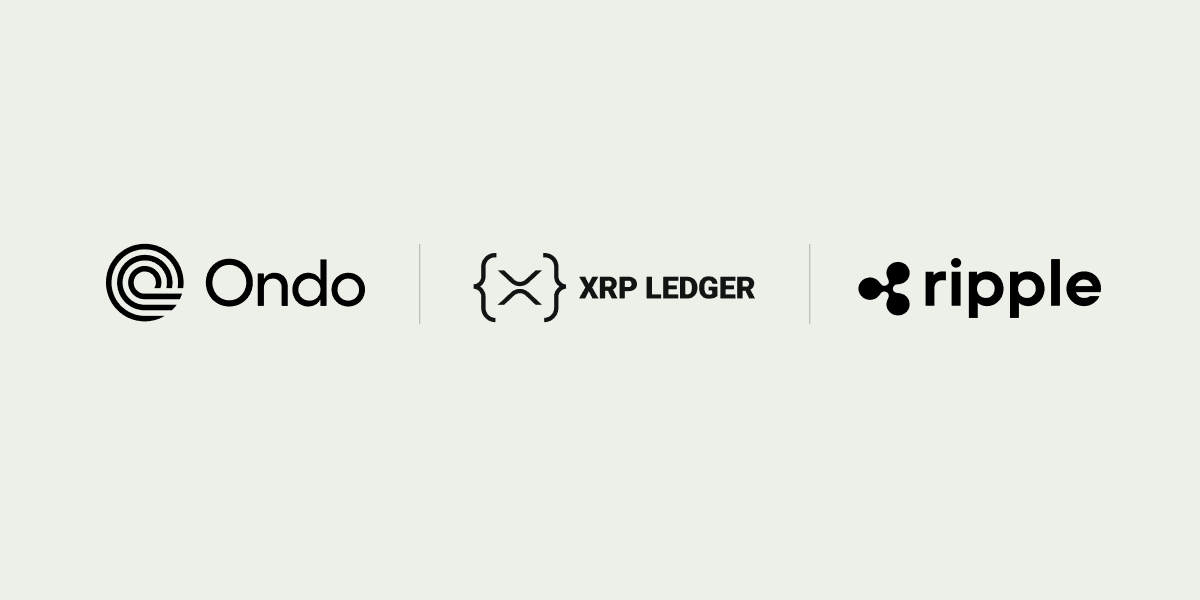As blockchain and digital asset technologies mature, we are seeing tangible use cases emerge. Entrepreneurs and businesses are solving real problems across numerous industries—payments, capital markets, gaming, media and more.
Yet, the ongoing debates regarding the proper paths for decentralized digital assets and blockchain technologies cripple the speed of innovation. Amid these debates, we’ve lost sight of what decentralization actually means, and more importantly, we’ve confused the true purpose and value different assets and blockchain technologies offer for solving different real-world problems.
For these new technologies to have lasting impact, we as an industry must begin to recognize the value their inherent differences offer, embrace ways to interoperate between blockchains and think less about our fiefdom and more about what we all set out to achieve in the first place: incorruptible digital ledger systems that record transactions in sequence for anything deemed valuable.
With this lens, we should take a fresh look at the digital asset XRP and the XRP Ledger: the unique value they offer, where forward progress is happening on the ledger today and what lies ahead for this technology.
What Is XRP and the XRP Ledger
XRP is a decentralized digital asset. It was built specifically to solve problems with global payments—it is fast, reliable and scalable. XRP’s utility as the best digital asset for payments separates it from other digital assets and blockchain technologies.
The XRP Ledger is the backbone of XRP. It keeps a record of XRP ownership and provides a secure mechanism for executing financial transactions and managing assets and accounts. It relies on a democratic consensus mechanism to order transactions—one that no single party can control.
The ledger makes it easy for anyone to run a validator and use the consensus to approve new transactions. As a result, more people can participate and transactions typically settle within a few seconds. This design was driven by the payments use case—where rapid and cheap transaction finality addresses real use needs.
In contrast, blockchains based on proof-of-work have different considerations when it comes to attributes such as finality and speed.. Those with the most advanced hardware and cheapest energy sources have come to dominate the process by choosing which transactions to execute, and maintaining a decentralized ledger in this way has proven expensive and slow.
Consensus has shown the opposite—the XRP Ledger has become more decentralized over time—and can complement other blockchain technologies by offering fast, inexpensive transactions.
The Current State of the XRP Ledger
Since the creation of the XRP Ledger in 2012, the number of settled ledgers has exceeded 50 million, hundreds of validator nodes are participating on the network and advanced real-time censorship detection mechanisms are ensuring the integrity of the network..
More than 150 diverse validator nodes guarantee fairness and neutrality on the XRP Ledger today. Participants retain the freedom to change their Unique Node List (UNL), and the corresponding validator nodes that they trust. Every user is the ultimate authority over the code their server runs and the rules under which it operates. This means that no single entity can decide which transactions succeed or fail, and no one can alter a transaction after it is added to the ledger.
As a result, no transaction submitted to the XRP Ledger has ever been discriminated against or censored—unlike proof-of-work systems, where the transactions executed in each block are solely determined by the preferences of a single miner.
XRP Ledger was designed to prevent censorship of any kind. For example, a validator node’s servers also have the ability to automatically detect attempts to censor transactions and issue warnings of transactions that may have been missed. If a server believes a transaction should have been included in a closed ledger after several rounds of consensus, then the validators that attempted to censor the transaction would simply be blacklisted and ignored.
Importantly, because an attempt to censor a transaction would require a corrupt majority, quickly be detected and merely result in those who attempted the censoring no longer being listened to—it is not expected that such an attempt would ever occur and, to date, none has.
This trust and impartiality built into the XRP Ledger are just some of the reasons why exchanges, wallets and applications continue to build on it.
The Value of XRP and the XRP Ledger Today
The XRP Ledger was designed to provide a robust feature set for grounding XRP, settling payments and exchanging digital assets of all kinds. Developers continue to innovate with core improvements in decentralization, security and reliability as well as new features to improve things like account management and off-ledger scaling.
Today on the XRP Ledger, transactions settle in just three seconds. Companies turn to the digital asset XRP and the XRP Ledger for speed, cost, reliability and neutrality. These unique characteristics are vital for developers and entrepreneurs looking to solve real problems—from cross-border transactions and micro-payments to decentralized finance apps and more.
For example, at Ripple, we use XRP to instantly settle international payments through our global payments network, RippleNet. In this way, we’re offering financial institutions an alternative to pre-funding and traditional correspondent banking systems, and their users a better global payments experience.
Other businesses are using XRP and the XRP Ledger in content monetization, payments and even the music industry:
Coil makes it easy for creators to monetize their content across the internet using the Interledger Protocol (ILP)—allowing XRP or any currency to be used for payments.
Puma Browser provides a new way to pay for content through a privacy focused web browser powered by Coil and ILP.
XRPtipbot enables users on reddit, Twitter and Discord to send XRP to each other as a way to tip users for their continued content.
Coingate provides a reliable payments infrastructure that allows consumers to pay merchants using cryptocurrencies.
Raised in Space Enterprises integrates blockchain and the digital asset XRP to fund entrepreneurs in the music space.
Real problems are being solved with XRP on the XRP Ledger—across industries ripe for change. This is just the beginning.
Fostering Innovation for Tomorrow
With unique speed, reliability and scalability, XRP and the XRP Ledger are built to foster continued innovation across the industry.
Improvements to address resource consumption and increase the ledger’s robustness and attack resistance are in the works. The community is working to release a continued stream of new features aimed at supporting micropayments and emerging decentralized finance use cases.
We encourage developers and entrepreneurs interested in creating solutions through blockchain technology to start building on the XRP Ledger today, and we invite you to share your thoughts.







